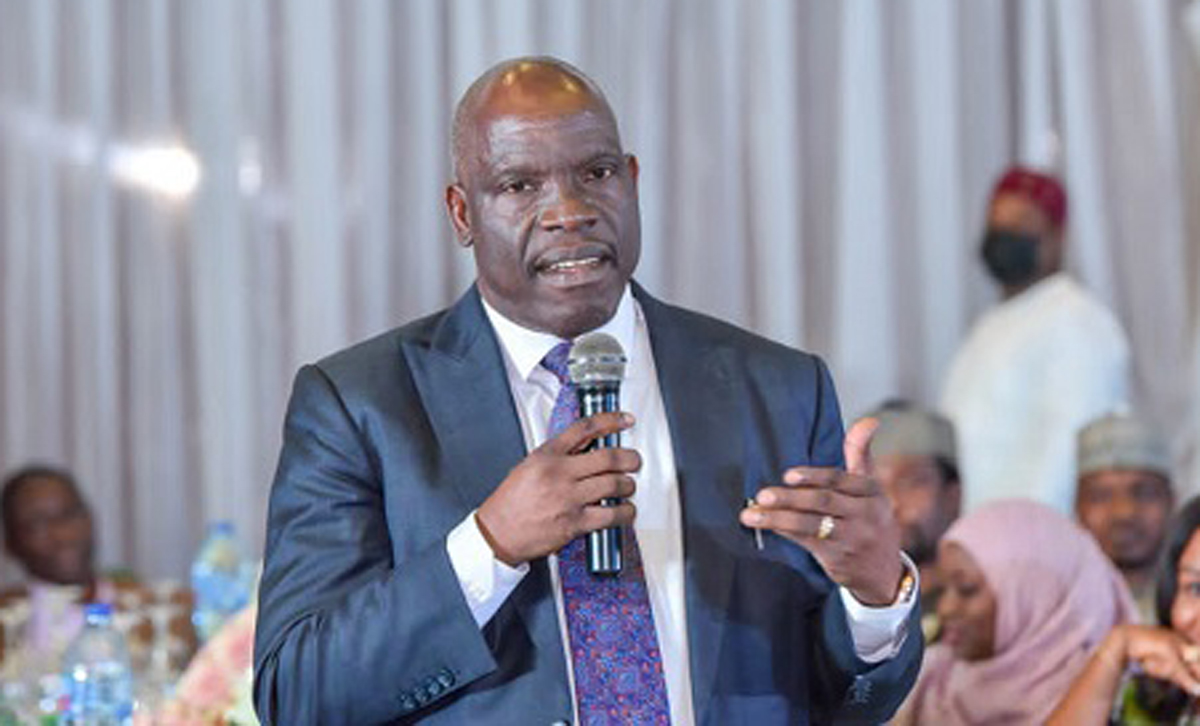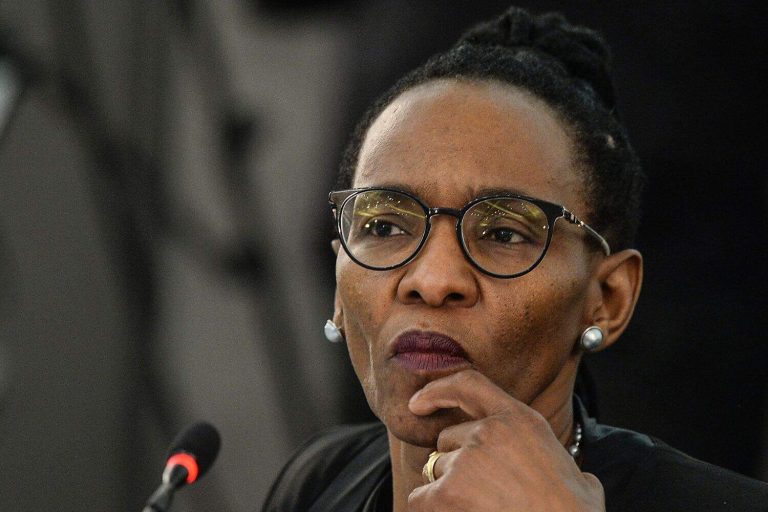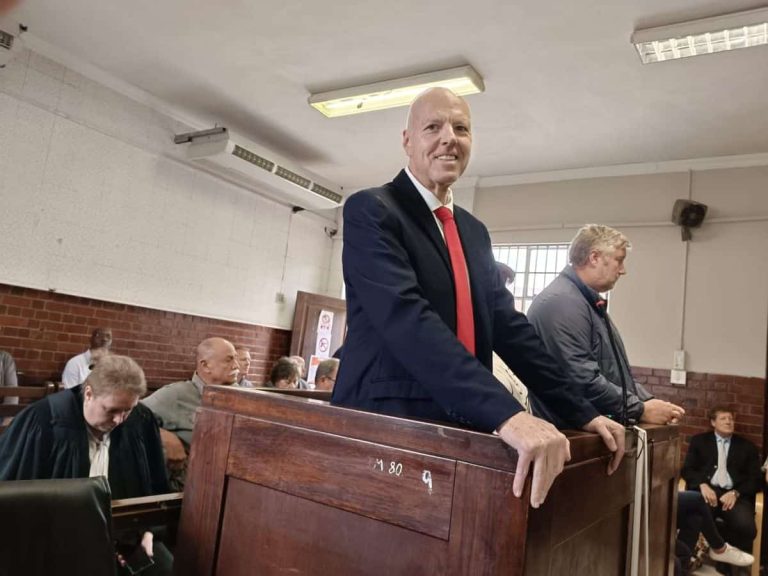
The Nigerian Upstream Petroleum Regulatory Commission (NUPRC) on Wednesday, revealed that since the enactment of the Petroleum Industry Act (PIA), it has approved over 25 Non-Associated Gas (NAG) Field Development Plans (FDPs), attracting over $4.9 billion in capital expenditure (Capex) investment.
Besides, the upstream regulator stated that its activities unlocked nearly 9,790 billion standard cubic feet (BSCF) of reserves and 3.54 BSCF/D of gas output.
It stated that Nigeria’s ambition to become Africa’s gas powerhouse received a major boost with the unveiling of a bold regulatory roadmap, aimed at unlocking over 55 trillion cubic feet (TCF) of uncommitted gas reserves and attracting billions of dollars in new investments into the country’s gas value chain.
A statement in Abuja by the Head, Media and Strategic Communication, NUPRC, Eniola Akinkuotu, stated that the Commission Chief Executive (CCE), Gbenga Komolafe, made these comments at the 3rd Gas Investment Forum held in Lagos.
Represented by the Executive Commissioner, Development and Production, Enorense Amadasu, Komolafe outlined the Commission’s strategic focus on driving gas development, monetisation, and infrastructure expansion to secure Nigeria’s energy future and support economic transformation.
Komolafe stated that Nigeria’s proven gas reserves currently stand at 210.54 trillion cubic feet (TCF) comprising 109.51 TCF of NAG and 101.03 TCF of Associated Gas (AG).
He said out of this, about 55 TCF representing 26 per cent of total gas reserves remains uncommitted to existing or planned monetisation projects, signalling a massive investment opportunity for both domestic and international investors.
Komolafe noted that with an annual average daily gas production of 6.99 billion standard cubic feet (BSCF/D) in 2024, Nigeria’s Reserves Replacement Ratio (RRR) stands at 1.56, while the Reserves Life Index (RLI) is about 92.7 years an indication of long-term sustainability for investors in the country’s gas sector.
The national gas reserves, he said, grew from 208.83 TCF in 2023 to 210.54 TCF in 2025, while gas production rose from 6.91 BSCF/D to 7.61 BSCF/D, reflecting steady growth across the value chain. The domestic market currently accounts for about 28 per cent of total gas utilisation, while exports via LNG and WAGP take up 35 per cent, and field use including gas lift and reinjection represents 29 per cent.
On policy reforms and regulatory milestones, Komolafe enumerated several regulatory instruments that have shaped Nigeria’s gas development journey, including the Associated Gas Re-injection Act (1979), National Gas Policy (2008), Flare Gas (Prevention of Waste and Pollution) Regulations (2018), Decade of Gas Initiative, and the landmark Petroleum Industry Act (PIA) 2021.
He said recent instruments such as the Domestic Gas Delivery Obligation Regulations (2022), the Gas Flaring, Venting and Methane Emissions Regulations (2023), and the Oil and Gas Companies (Tax Incentives) Order (2024) further consolidate the Commission’s pro-investment posture.
Since the enactment of the PIA, he said the Commission has approved over 25 NAG Field Development Plans, unlocking nearly 9,790 BSCF of reserves, 3.54 BSCF/D of gas, and attracting over 4.9 billion dollars in CAPEX investments.
He further disclosed that the Commission was actively facilitating regulatory approvals and negotiations for upstream gas supply to major projects such as NLNG Train 7, the Ajaokuta–Kaduna–Kano (AKK) Pipeline, and the Brass Fertilizer and Petrochemical Project.
Komolafe also observed that NUPRC was currently monitoring 19 active gas development projects, comprising 10 production facilities and 9 pipeline projects, with a combined capacity of 3.55 BSCF/D. About 88 per cent of these projects, he said, are in the engineering phase, while 12 per cent have progressed to construction or fabrication.
He explained that 86 per cent of the new gas production projects are targeted at the export market, particularly feed gas supply to the Nigerian LNG, while 23 per cent (142 MMSCFD) were directed toward the domestic market.
Komolafe emphasised that the NUPRC’s regulatory roadmap aligns with the federal government’s National Gas Policy and Energy Transition Plan, which prioritise decarbonisation, clean energy adoption, and inclusive economic growth.
According to him, the Commission is intensifying efforts to attract new investments by eliminating entry barriers through the ‘drill or drop’ provision in the PIA, driving full implementation of the Decade of Gas Initiative.
Besides, he stated that the NUPRC was facilitating access to fiscal incentives, promoting cluster and nodal gas infrastructure development, and organising a gas production ramp-up strategy workshop in Q4, 2025.
He reaffirmed that Nigeria stands at a pivotal juncture in its energy journey, one that demands innovation, collaboration, and sustainable investment.
Emmanuel Addeh, Peter Uzoho



